Introduction to the Necessity of Multilingual Website Design in Today’s World
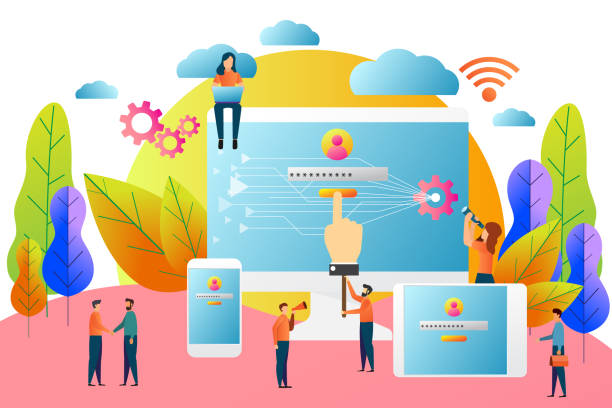
In the era of globalization and unprecedented internet expansion, geographical boundaries have lost much of their meaning for commerce and communication.
Businesses, organizations, and even individuals need a powerful online presence more than ever to reach wider audiences.
In this context, multilingual website design emerges as a crucial strategy for expanding digital influence and attracting users from around the world.
While monolingual websites might succeed in local markets, they miss out on a vast potential of international audiences.
If you are looking to increase traffic, improve user experience, and ultimately grow your business on a global scale, multilingual website design is no longer a luxury but a necessity.
In this section, we will explain the importance and necessity of this approach and examine its role in opening new doors to global markets.
Note that this is an #educational piece for a basic understanding of this concept, aiming to raise awareness about #multilingual_web and its countless benefits in facing #international_competition.
Is your online sales not as expected? With Rasab, solve low sales and poor user experience permanently!
✅ Increase visitor-to-customer conversion rate
✅ Create an enjoyable user experience and build customer trust
⚡ Act now to receive free consultation!
Countless Benefits of Having a Multilingual Website

Having a multilingual website design is not just about content translation; it’s a comprehensive strategy to improve your online performance at various levels.
One of its most significant benefits is a dramatic improvement in Search Engine Optimization (SEO).
Search engines prefer multilingual websites for displaying results to users from different parts of the world, which means increased organic and targeted traffic.
When your content is available in the user’s native language, not only does their interaction with the site increase, but the bounce rate decreases, and user dwell time on the site lengthens, all of which are positive signals for SEO.
Furthermore, multilingual websites strengthen your brand’s trust and credibility internationally.
Users tend to purchase from or interact with businesses that speak to them in their own language.
This analytical approach shows how access to different languages improves user experience and helps build customer loyalty.
It’s a strategic investment that allows businesses to leverage countless opportunities in emerging markets and maximize their growth potential.
Ultimately, multilingual website design enables you to deliver your message to a wider range of audiences and convert them into loyal customers.
Challenges in Multilingual Website Design and Their Solutions

Multilingual website design, despite its many advantages, also comes with specialized and complex challenges whose proper understanding and management are essential for project success.
One of these challenges is URL structure and how to manage different language versions; should separate domains (example.de), subdomains (de.example.com), or subfolders (example.com/de/) be used? Each of these methods has its own pros and cons in terms of SEO and management.
Another challenge is accurate translation and content localization.
Machine translation is often insufficient, and conveying the correct message and tone requires native and specialized translators.
Furthermore, technical issues such as supporting Right-to-Left (RTL) languages like Persian and Arabic, character encoding (UTF-8), and optimizing images for loading speed in different regions are also vital.
Managing dynamic content in multiple languages and ensuring information synchronization requires a powerful Content Management System (CMS).
Our guidance is to prepare a comprehensive and precise plan to address these challenges before starting.
For example, choosing a suitable CMS with native multilingual capabilities can solve many of these problems.
This table provides a comparison of common methods for URL structure in multilingual websites:
| URL Structure Type | Advantages | Disadvantages | Suitable For |
|---|---|---|---|
| Separate Domain (example.de) | Best for local SEO; high trust perception | High cost (domain purchase); complex management | Large companies with high budgets |
| Subdomain (de.example.com) | Easier management than separate domains; good SEO | Requires separate SSL management; less perceived as a local site | Medium-sized businesses |
| Subfolder (example.com/de/) | Easiest to manage; lower cost | Slightly weaker local SEO; may be less obvious to users | Small and medium-sized businesses |
Choosing the Best Content Translation and Localization Strategies

The heart of multilingual website design is its content, and the quality of translation and localization will determine your success.
In this section, we will delve expertly into the subtle differences between translation and localization and their various approaches.
Translation is simply rendering words from one language to another, whereas localization goes further, involving adapting content to the target region’s culture, norms, units of measurement, dates, and even colors.
For instance, an image or joke popular in one culture might be offensive or meaningless in another.
The choice between Machine Translation (MT) and Human Translation (HT) is also crucial.
MT for large volumes of non-sensitive content and translations can be fast and cost-effective, but its accuracy and quality are limited, especially for creative or marketing content.
HT, though more expensive and time-consuming, guarantees accuracy, deep localization, and preservation of brand tone and message.
In many cases, a combination of both approaches (machine translation with human editing) can yield the best results.
In this regard, it is recommended that you always utilize native and expert translators for core and strategic content to ensure your message is conveyed correctly and with full impact to global audiences, which will greatly contribute to the success of your multilingual website design.
Does your current website reflect your brand’s credibility as it should? Or does it scare away potential customers?
Rasab, with years of experience in professional corporate website design, is your comprehensive solution.
✅ A modern, beautiful website aligned with your brand identity
✅ Significant increase in lead generation and new customers
⚡ Contact Rasab now for a free corporate website design consultation!
SEO Optimization for Multilingual Websites: Key Tips
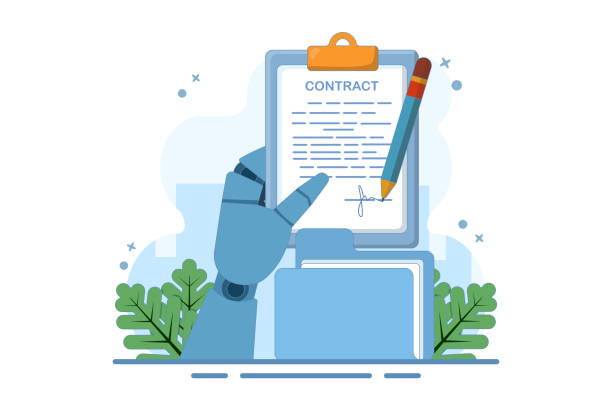
One of the most crucial aspects of multilingual website design, often overlooked, is multilingual SEO.
Without proper optimization, even the best translated content will not reach its target audience.
In this section, we will provide educational key SEO tips for multilingual websites.
Hreflang tags are a vital tool for informing search engines about different language versions of a page.
These tags help Google display the appropriate version of your content to users in specific geographical and linguistic regions and prevent duplicate content issues.
Choosing the right URL structure (separate domains, subdomains, or subfolders) also affects SEO and must be carefully selected, as explained in previous sections.
Keyword research for each language and region separately is also very important.
Keywords that are popular in one language or culture may not make sense or be less searched in another.
Using keyword research tools specific to each language and region is essential for discovering suitable phrases.
Also, ensuring site loading speed, responsive design, and optimizing images and videos for each language version help improve SEO ranking.
Ignoring these tips can lead to wasted efforts in your multilingual website design; therefore, a comprehensive and specialized SEO strategy for each language is a cornerstone of success in this field.
User Experience (UX) in Multilingual Platforms
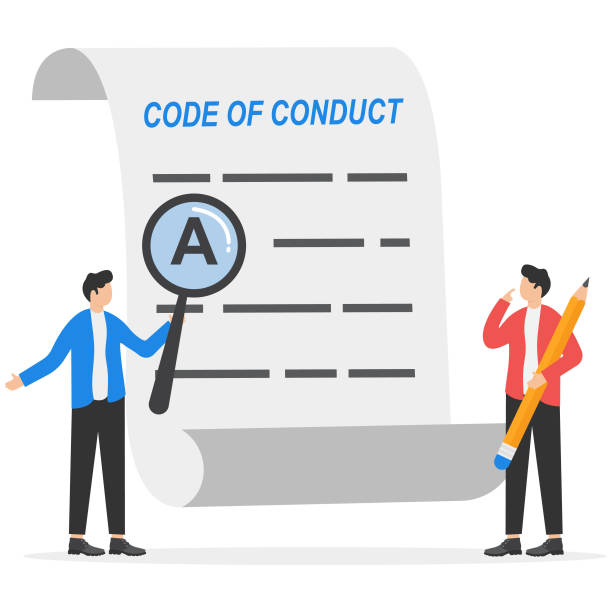
User Experience (UX) plays a pivotal role in the success of multilingual platforms.
An excellent multilingual site doesn’t just settle for accurate content translation but also considers how users from different cultures and languages will interact with the user interface.
One of the most important elements is the Language Switcher.
This switcher should be easy to find, placed in a suitable location (usually in the header or footer), and clearly display the available languages, preferably with the full language name instead of country flags, as one language might be spoken in multiple countries.
User Interface (UI) consistency across all language versions is also of high importance.
Buttons, menus, and navigation elements should be placed in similar locations across all languages to avoid confusing the user.
Additionally, the design must be Responsive and display well on different devices and with different text orientations (Right-to-Left and Left-to-Right).
Another issue is error messages and notifications, which must be displayed in the user’s selected language and be meaningful and understandable.
This is a guidance and specialized approach that emphasizes the importance of deeply understanding the needs of international users and adapting the design accordingly.
Proper UX design in multilingual website design ensures that every user, regardless of their native language, can easily interact with your site and access the information they need.
Top Tools and Technologies for Multilingual Website Design

Implementing a successful multilingual website design depends on the right tools and technologies.
Choosing the correct Content Management System (CMS) is one of the first and most important decisions.
CMSs like WordPress with plugins like WPML or Polylang, Drupal with strong native multilingual capabilities, and Joomla are popular choices.
Each has its own features and complexities in managing multiple languages.
In addition to CMS, Translation Management Systems (TMS) also play a crucial role.
These platforms help organize, manage, and automate the translation process and facilitate collaboration among translators, reviewers, and project managers.
Tools like Smartling, Phrase, or Lokalise are examples of TMS that help streamline the translation workflow.
Furthermore, using machine translation APIs like Google Translate API or DeepL API can be useful for initial translation or non-sensitive content, although it is always recommended that core content be human-reviewed.
This informative and educational content provides an overview of the tool ecosystem that can assist you in building and maintaining an efficient multilingual website design.
The right choice of these tools ensures the efficiency and scalability of your project.
Below is a comparison of some of the most popular CMSs for multilingual implementation:
| CMS | Native Multilingual Capability | Requires Plugin/Module | Complexity |
|---|---|---|---|
| WordPress | No | Yes (e.g., WPML, Polylang) | Medium |
| Drupal | Yes | No (core content) | High |
| Joomla | Yes | No (core content) | Medium |
Maintenance and Updating of Multilingual Content

After the completion and launch of your multilingual website design, the work is not over; continuous maintenance and updating of multilingual content are of utmost importance.
This process requires an explanatory and planned approach to ensure that all language versions of your site remain up-to-date and accurate.
Content synchronization is a key challenge.
Whenever new content is added to the original language or existing content is changed, it must be ensured that these changes are transferred and translated into all other language versions.
This can be done manually, using Translation Management Systems (TMS), or with automation tools.
Quality control of translations is also crucial.
Even with the best translators, errors may occur, or localized revisions and corrections might be needed.
Therefore, periodic review by native speakers and subject matter experts is essential to maintain quality and accuracy.
Our guidance is to develop a comprehensive content strategy for all languages, including planning for new content production, updating old content, and translation and review processes.
Neglecting regular maintenance can lead to outdated information, decreased translation quality, and ultimately, loss of international user trust.
Therefore, continuous maintenance is an integral part of your multilingual website’s long-term success.
Is your company’s website as professional and trustworthy as it should be? With specialized corporate website design by Rasab, create an online presence that represents your credibility and attracts more customers.
✅ Build a powerful and professional image for your brand
✅ Convert visitors into real customers
⚡ Get a free consultation right now!
Measuring Success and Analyzing Multilingual Website Performance
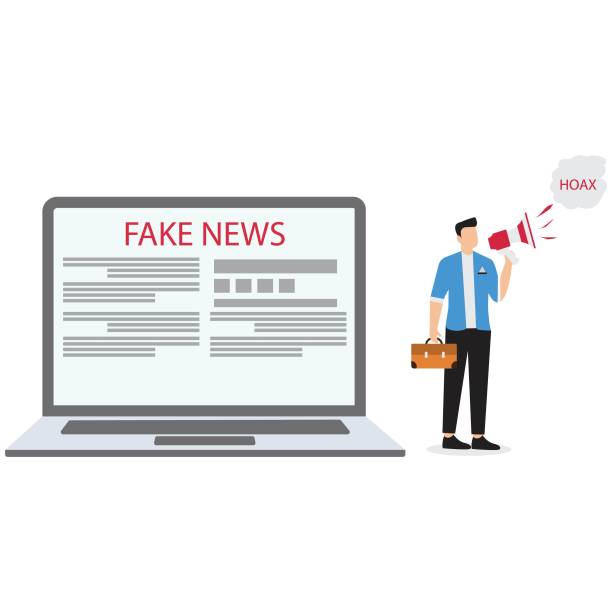
To ensure the effectiveness of your multilingual website design, measuring and analyzing its performance in each language version is essential.
This section analytically addresses how to evaluate success and identify opportunities for improvement.
Web analytics tools like Google Analytics can provide valuable information about user behavior in each language version.
You should be able to monitor incoming traffic, bounce rate, time spent on site, navigation paths, and conversion rate for each language separately.
This data shows you which languages attract the most traffic, which countries’ users are more active, and which content sections need improvement or deeper localization.
A question-provoking content in this regard is: Is your conversion rate on the Japanese version of the site as high as the English version? If not, what’s the reason? Perhaps more localization is needed on product pages or the checkout process.
Tracking goals and events for each language is also very important.
For example, the number of registrations, downloads, or form completions should be measured separately for each language version.
These analyses help you optimize your investments and focus on languages that yield the highest returns.
By accurately analyzing data, you can make evidence-based decisions for continuous improvement of your multilingual website and get the most out of your investment.
The Future of Multilingual Website Design and Emerging Trends
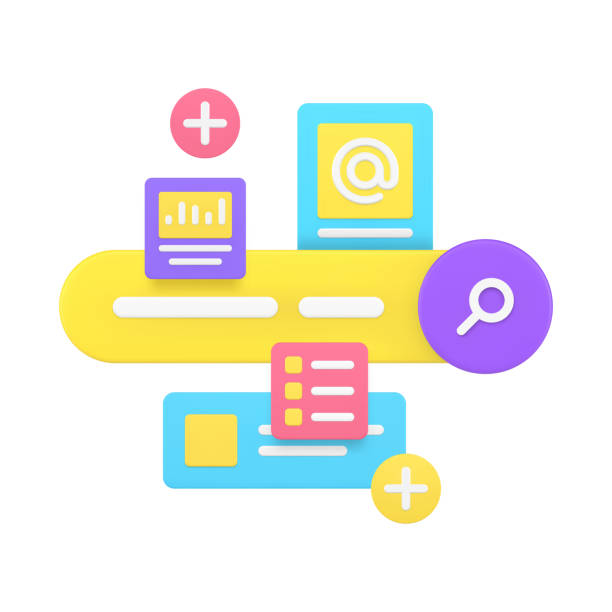
The future of multilingual website design is constantly evolving with the emergence of new technologies and changes in user behavior.
In this section, we will cover some newsy and entertaining emerging trends that have high potential to transform this field.
One of the most important of these trends is the advancement of Artificial Intelligence (AI) in machine translation.
Although machine translation is not yet a complete substitute for human translation, its accuracy and fluency are dramatically increasing with continuous improvements in neural networks and deep learning.
This can help reduce costs and accelerate translation processes on a large scale.
Multilingual voice search is another important trend.
With increasing use of voice assistants like Siri and Google Assistant, optimizing content for voice search in different languages is gaining increasing importance.
This means focusing on conversational language and direct answers to user questions.
Also, Augmented Reality (AR) and Virtual Reality (VR) can offer new multilingual experiences, for example, with real-time translations in virtual environments.
Finally, the focus on Personalized User Experience (UX) in multilingual websites, through the use of data to display more relevant content and personalized offers based on user language, location, and history, will shape the future of this field.
These trends show that multilingual website design is a dynamic and growing field that offers countless opportunities for innovation and global communication.
Frequently Asked Questions
| Question | Answer |
|---|---|
| What is a multilingual site? | A site whose content is available to users in more than one language. |
| Why should I make my site multilingual? | To reach more audiences in global markets, improve user experience, and enhance international SEO. |
| What are the technical approaches to building a multilingual site? | Using subdirectories, subdomains, or URL parameters to differentiate languages. |
| What effect does multilingual design have on SEO? | By targeting local keywords and providing content in users’ native languages, the site’s ranking in search engines for those regions improves. |
| What are the challenges of multilingual website design? | Content translation management, support for Right-to-Left (RTL) orientation, technical issues related to language addressing, and maintaining design consistency. |
| How do we choose the languages for a multilingual site? | Based on target audience analysis, desired markets, and current site traffic data (if available). |
| What is RTL support and why is it important for some languages? | Right-to-Left, the display orientation of text and page elements from right to left, which is essential for languages like Persian, Arabic, and Hebrew. |
| How do we manage multilingual site content? | Using Content Management Systems (CMS) with multilingual capabilities, translation plugins, or professional translation services. |
| What is User Experience (UX) like on a multilingual site? | The ability to easily change languages must be provided, and translated content must be of high quality so that users feel comfortable. |
| Which are the common CMS platforms for multilingual sites? | WordPress (with plugins like WPML), Joomla, Drupal, and Shopify (with relevant settings or plugins). |
And other services of RasaWeb Advertising Agency in the field of advertising
Smart Reportage: An innovative service for increasing digital branding through exclusive programming.
Smart Direct Marketing: A combination of creativity and technology for online growth through attractive UI design.
Smart UI/UX: A professional solution for increasing sales with a focus on attractive UI design.
Smart Customer Journey Map: Designed for businesses looking to increase click-through rates through Google Ads management.
Smart Direct Marketing: A fast and efficient solution for increasing click-through rates with a focus on precise audience targeting.
And over hundreds of other services in the field of internet advertising, advertising consulting, and organizational solutions
Internet Advertising | Advertising Strategy | Advertorials
References
- Comprehensive Guide to Multilingual Website Design on Iranserver
- Important Tips for Multilingual Website Design from Rayansite
- Principles of Multilingual Website Design in Tarahsazan
- SEO Optimization for Multilingual Sites on Webgard
? Are you ready to boost your business in the digital world? Rasab Digital Marketing Agency, by offering services such as website design with a modern user interface, professional SEO, and social media management, paves the way for your business’s growth and prominence in the online space. For a free consultation and to learn more about our services, contact us now.
📍 Tehran, Mirdamad Street, next to Central Bank, Kazeroon Jonubi Alley, Ramin Alley, No. 6



